Mastering Electric Circuits Online: A Comprehensive Guide
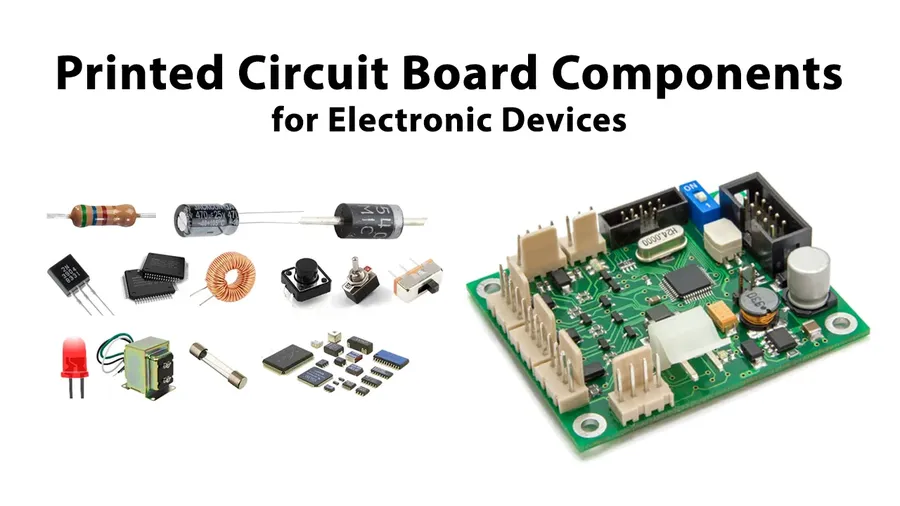
In today's technologically driven world, understanding electric circuits is fundamental. From powering our homes to enabling complex electronics, circuits are everywhere. This article introduces the concept of designing and simulating electric circuits online, providing a comprehensive guide to free online tools and resources for anyone eager to learn, build, and experiment. We'll demystify the process, explore different simulator options, and show you how to get started, bridging the gap between everyday experiences and the fascinating world of electric circuit online.
Why Learn About Electric Circuits Online?

Learning about electric circuits online offers unparalleled advantages in accessibility, flexibility, and cost-effectiveness, transforming how individuals engage with this fundamental aspect of electrical engineering. Online platforms demystify complex concepts through interactive simulations and allow for hands-on experimentation without the constraints of physical lab equipment, making it an invaluable resource for both students and professionals.
- Accessibility
Online resources are available anytime, anywhere with an internet connection, eliminating geographical and time constraints. - Flexibility
Users can learn at their own pace, focusing on areas where they require more attention and revisiting concepts as needed, which caters to diverse learning styles. - Cost-Effectiveness
Online circuit simulation tools are typically free or low-cost, reducing the expenses associated with traditional lab equipment and materials. - Interactive Learning
The interactive nature of online simulations promotes a more engaging and effective learning experience, enabling users to visualize and manipulate circuits in real-time. - Practical Experimentation
Online simulators allow users to construct and test virtual circuits, providing practical experience with circuit design and analysis without the need for physical components. - Simplified Complex Concepts
Complex electrical engineering concepts can be broken down into manageable components, simplifying the learning process.
Key Features of Effective Online Circuit Simulators
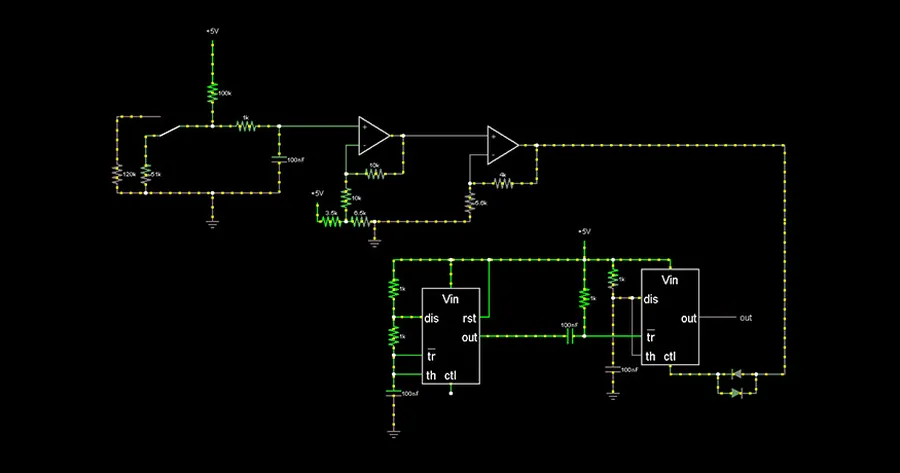
Effective online circuit simulators are distinguished by several key features that enhance the learning and design experience. These features range from intuitive user interfaces to advanced simulation capabilities, ensuring users can easily grasp fundamental concepts and tackle more complex circuit designs.
- Intuitive User Interface
A user-friendly interface is paramount for ease of use and rapid learning. This includes drag-and-drop functionality for components, clear visual representations of circuits, and an uncluttered layout that minimizes the learning curve, allowing users of all skill levels to start designing circuits with minimal friction. - Real-Time Simulations
The ability to simulate circuit behavior in real time is crucial for understanding the dynamic relationships between components. Real-time feedback allows users to visualize the flow of current, voltage changes, and the impact of component variations instantaneously, which is key for practical circuit analysis and learning. - Comprehensive Component Libraries
An extensive library of circuit components is essential for both educational and practical use. This library should include a wide range of components, such as resistors, capacitors, inductors, diodes, transistors, voltage and current sources, as well as integrated circuits. The breadth of the component library allows users to explore a wide variety of circuits from the basic to the more complex. - Save and Share Projects
The ability to save and share circuit designs facilitates collaboration and allows for the reuse of circuit designs. This feature allows users to build a personal library of projects and makes it easy to demonstrate or share circuit ideas with others, be it for collaboration or educational purposes. - Accurate Simulation Engine
A robust and accurate simulation engine is the heart of any reliable online circuit simulator. It must precisely model the electrical characteristics of each component, and how they interact in a circuit. This ensures that simulations closely mimic real-world circuit behaviors, offering a dependable platform for circuit design and analysis.
Key common circuit elements users will encounter include: * **Resistors:** These impede the flow of current, with resistance measured in ohms (Ω). * **Capacitors:** These store electrical energy in an electric field, with capacitance measured in farads (F). * **Inductors:** These store energy in a magnetic field when current flows through them, with inductance measured in henries (H). * **Diodes:** These allow current to flow in one direction only. * **Transistors:** These amplify or switch electronic signals and power. * **Voltage Sources:** These provide a constant voltage difference in a circuit. * **Current Sources:** These provide a constant flow of current in a circuit.
Top Free Online Circuit Simulators: A Comparative Analysis
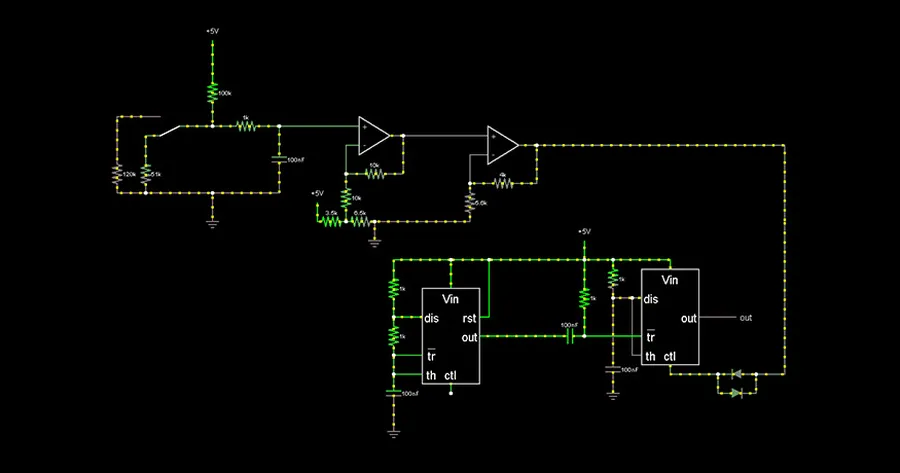
Selecting the right online circuit simulator is crucial for effective learning and experimentation. This section provides a detailed comparative analysis of several leading free platforms, focusing on their user interfaces, simulation capabilities, available components, and learning resources to help users make informed decisions.
| Simulator | User Interface | Simulation Capabilities | Available Components | Learning Resources | Ease of Use |
|---|---|---|---|---|---|
| PhET Interactive Simulations | Highly intuitive, drag-and-drop interface with visual elements. | DC and AC circuit simulations, limited analysis options. | Basic resistors, capacitors, inductors, voltage sources, and light bulbs. | Interactive simulations, lesson plans, and activity guides. | Extremely easy for beginners, highly visual approach. |
| CircuitLab | Professional, schematic capture interface with customizable features. | DC, AC, and transient analysis capabilities, frequency domain simulations. | Extensive library of components, including transistors, diodes, and op-amps. | Tutorials, documentation, and community forum. | Moderate learning curve, suitable for intermediate and advanced users. |
| Falstad Circuit Simulator | Simple, java based interface with a focus on real-time visual simulation | Real-time DC and AC circuit simulations, with animation | Basic components and electronic components | Example circuits with explanations | Easy to use, good for quickly visualizing circuits. |
| EveryCircuit | Touch-friendly interface with interactive simulations. | DC and AC simulations, with visualization. | Basic components, digital and analog components. | Interactive examples and tutorials. | Easy to use with interactive simulations, good for educational use. |
| Tinkercad Circuits | User friendly drag and drop interface with 3D visualization | Basic DC circuit simulation, Arduino programming simulation | Basic components, Arduino microcontrollers, and sensors. | Basic tutorials and design examples | Very easy to learn and use, great for beginners. |
Getting Started with Your First Electric Circuit Online: A Step-by-Step Guide
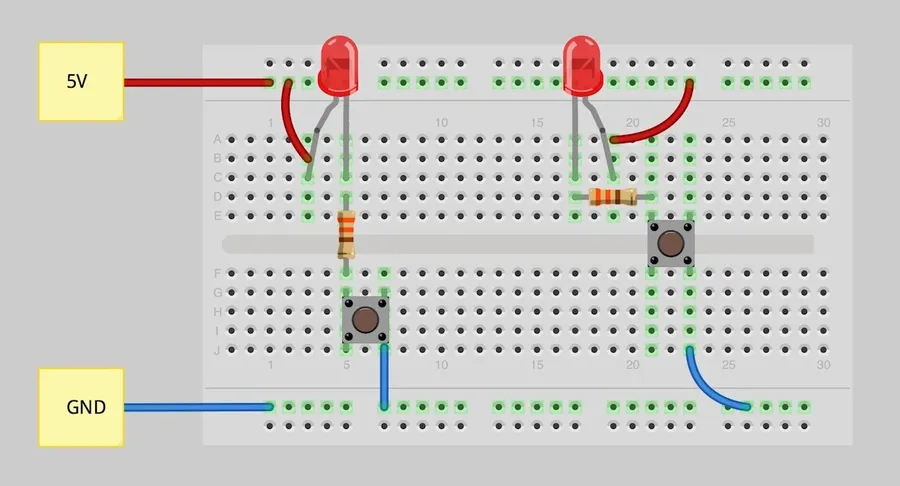
This section provides a practical, step-by-step guide to building and simulating a basic electric circuit using an online simulator. We will use a simple series circuit as an example, demonstrating how to place components, connect them, and run a simulation. This hands-on approach allows for a tangible understanding of circuit design principles.
For this example, we'll use a common free online simulator, PhET Interactive Simulations (phet.colorado.edu), as it provides an intuitive interface suitable for beginners. While the specific interface elements might vary across simulators, the underlying principles of building and simulating circuits remain the same.
- Access the Simulator
Open your web browser and navigate to the PhET Circuit Construction Kit (AC+DC) simulator. Ensure you select the 'Circuit Construction Kit: DC - Virtual Lab'. This provides an environment where we can freely build circuits. - Select Components
From the available components, select one battery, one resistor, and a few connecting wires. Drag these components onto the workspace. These components are fundamental for building a basic series circuit. - Place the Components
Position the battery, resistor, and connecting wires on the workspace in a way that facilitates easy connection. The placement does not affect the electrical function, but for clarity, keep components spaced out slightly. - Connect the Components
Use the wires to connect the positive terminal of the battery to one end of the resistor. Then, connect the other end of the resistor back to the negative terminal of the battery. This forms a closed loop, creating a complete series circuit. Connecting wires can be dragged from terminal to terminal. - Simulate the Circuit
Once all connections are secure, observe the simulation. You should see animated electrons flowing through the circuit. Some simulators will also show voltage and current readings; you can add a voltmeter or ammeter to your circuit to take these measurements. - Observe Results
Observe the changes in electron flow. If the current is too high, increase the resistor value. Adjust the voltage of the battery to see how the current changes in real time. Note how the simulator highlights active pathways in the circuit to aid comprehension.
This exercise demonstrates the core steps involved in creating and simulating a circuit. Remember to experiment by changing component values and adding new components to see how these adjustments affect circuit behavior. This hands-on approach reinforces the theoretical understanding of circuit principles.
Advanced Electric Circuit Simulation Techniques
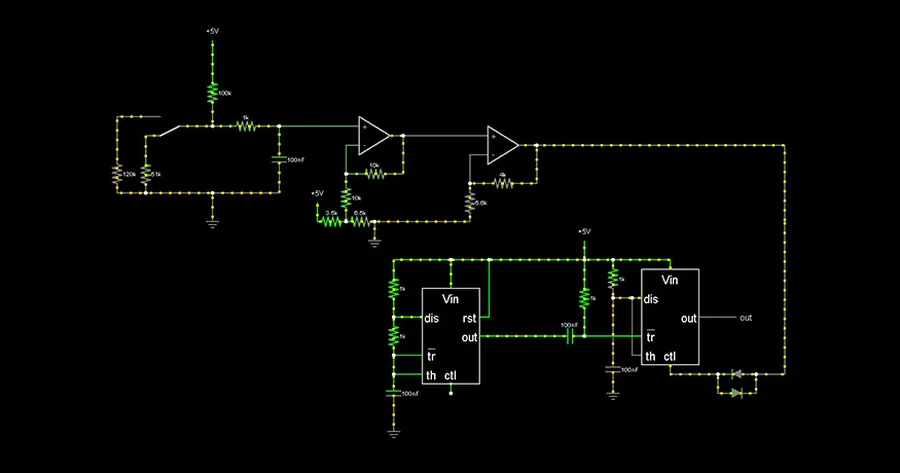
Advanced electric circuit simulation techniques move beyond basic DC analysis, enabling engineers and students to explore complex circuit behaviors under varying conditions. These techniques are essential for designing and understanding circuits in real-world applications, where signals and power supplies are not static.
Three key advanced simulation techniques are AC analysis, transient analysis, and frequency response analysis. Each offers a unique perspective on circuit behavior, allowing for a comprehensive understanding.
| Technique | Description | Application | Key Parameters |
|---|---|---|---|
| AC Analysis | Analyzes circuit behavior under sinusoidal steady-state conditions. It examines how the circuit responds to alternating current signals at different frequencies. | Analyzing filters, amplifiers, and resonant circuits. Evaluating impedance, gain, and phase response of circuits. | Frequency, amplitude, phase |
| Transient Analysis | Examines circuit behavior over time, especially when subjected to sudden changes like switching or pulse inputs. Shows how the circuit responds to time-varying signals. | Analyzing switching circuits, pulse circuits, and transient phenomena. Observing voltage and current waveforms over time. | Time step, initial conditions |
| Frequency Response Analysis | Studies how a circuit responds to a range of frequencies. Provides a comprehensive view of a circuit's behavior at different frequency points. | Designing and analyzing filters, equalizers, and other frequency-selective circuits. Determining bandwidth and cutoff frequencies. | Frequency range, gain, phase |
These techniques, while powerful, require careful setup and interpretation of results. Understanding the underlying mathematical principles of each technique provides the necessary context for accurate simulation. Utilizing online simulation tools for these advanced analyses offers a valuable hands-on approach to mastering circuit design principles.
Troubleshooting and Debugging Circuits Online
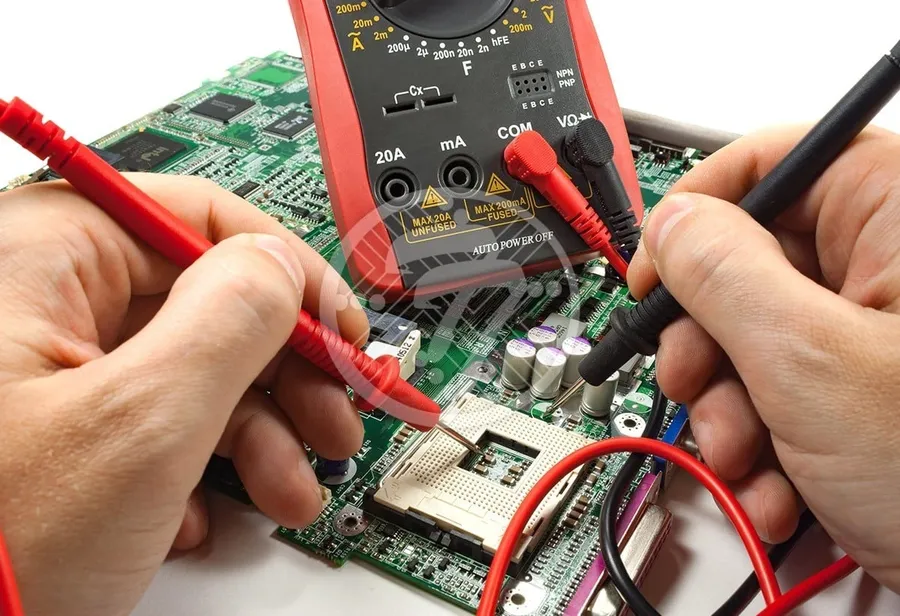
Effective troubleshooting and debugging are crucial skills when working with electric circuits online. Online simulation tools, while powerful, can present unique errors and challenges that differ from physical circuits. Understanding common pitfalls and employing systematic debugging strategies can significantly improve the learning experience and the accuracy of your circuit designs.
Here are some key areas to focus on for effective debugging:
- Component Placement and Wiring Errors
Incorrect placement of components or faulty wiring is a common source of errors. Ensure that all components are connected correctly as per your schematic. Verify polarity-sensitive components like diodes and LEDs are oriented correctly. Double-check all connections, making sure that no wires are left unconnected or are connected to the wrong terminals. Many simulators have a visual indication of open circuits or shorted paths. - Incorrect Component Values
Using incorrect values for resistors, capacitors, inductors, and voltage sources can lead to unexpected behavior in your simulation. Always double-check the specified values against your circuit design. Sometimes, the simulator might default to a very high or low value if the user has entered a non-standard number, pay special attention to the unit and value of your components. - Simulation Parameter Settings
The settings for your simulation can drastically affect the results. If you're using transient analysis, ensure that the step size, simulation time, and source excitation match what you expect in your analysis. For AC analysis, confirm the frequency range, step size, and source signal parameters. Be mindful of the default values, some simulators may have default simulation setting that lead to incorrect result in special cases. - Interpreting Simulation Results
The output of a simulation tool might seem overwhelming at first, but it provides a lot of insight into your circuit. If you have a digital circuit, pay special attention to the logical level and signal transition. For analog circuits, waveforms, DC bias points, and impedance plots provide invaluable diagnostic information. A systematic approach is to isolate the section of your circuit that you suspected to be problematic and verify each component. - Simulator Specific Bugs and Limitations
Every simulator has limitations, and you should be aware of its limitations. Some open source software might have undocumented bugs. Comparing with multiple simulators and textbook calculation can help identify potential errors or shortcomings in the simulation engine. Refer to the documentation, user forums, or support resources to address simulator-specific issues.
Frequently Asked Questions about Electric Circuit Online Learning
This section addresses common questions regarding the use of online platforms for learning about electric circuits. It aims to clarify uncertainties and provide insights into the capabilities and limitations of online circuit simulation tools.
- Can online simulations accurately replicate real-world circuits?
Online circuit simulators provide a strong approximation of real-world circuits by solving the governing equations for electrical components. However, ideal models of components are generally used, neglecting parasitic effects and manufacturing variations that would be present in a physical circuit. While not perfectly identical, these simulations offer a high degree of accuracy for most educational and design purposes. - How do I choose the right online simulator for my needs?
The 'right' online simulator depends on your specific requirements and goals. Beginners may find tools like Tinkercad or PhET easier due to their intuitive interfaces. For more advanced simulations requiring in-depth analyses (e.g., AC or transient analysis), CircuitLab or LTSpice (while not strictly online) offer more robust features. Consider factors such as the range of available components, ease of use, and available learning resources when making your choice. - What are the limitations of online circuit simulations?
While highly capable, online simulations have some limitations. They often use simplified models, neglecting complex, real-world factors like component tolerances, temperature effects, parasitic capacitances and inductances, and high-frequency behavior. Additionally, some complex circuit analyses (like those involving sophisticated semiconductor devices) may not be available in all online tools. These limitations are generally acceptable for the purposes of learning and prototyping, but may need to be supplemented with real-world experiments for critical applications. - Can I use these tools for academic projects?
Yes, online circuit simulation tools are suitable for many academic projects, providing valuable experience in circuit design and analysis. They enable rapid prototyping, testing of different circuit configurations and help in verification of theoretical calculations. Always check with your instructor regarding specific requirements. If the project requires real-world verification or a very specific component characteristic not available in the tool you may need to supplement with breadboarding or experimentation. - Can beginners learn from these resources easily?
Absolutely. Most online simulators are designed with user-friendliness in mind. Tools like Tinkercad and PhET have intuitive interfaces and ample tutorial resources, making them ideal for beginners. Start with simple circuits and gradually increase complexity. Taking advantage of in-built help features and online tutorials will ensure a smooth learning experience. - Are these tools suitable for professional circuit design?
While excellent for conceptual design, learning, and prototyping, online simulation tools may not be sufficient for full professional-grade design, which may require rigorous simulation and verification tools, as well as the use of more detailed models and the evaluation of manufacturing effects. Tools such as LTSpice (while offline) and more advanced software packages offer more comprehensive capabilities for professionals. Online tools can serve as a preliminary step before moving to those more specialized software suites. - Do online circuit simulators require a fast internet connection?
While a stable internet connection is necessary for most online simulators, they generally don't demand extremely high speeds. The primary data exchanged is related to the circuit's description, and simulation computations are often performed on the server. Therefore, a moderately stable broadband connection is sufficient for a smooth experience. However, very slow or unstable connections can result in lag and interrupted simulations.
Extending Your Learning: Resources and Further Exploration
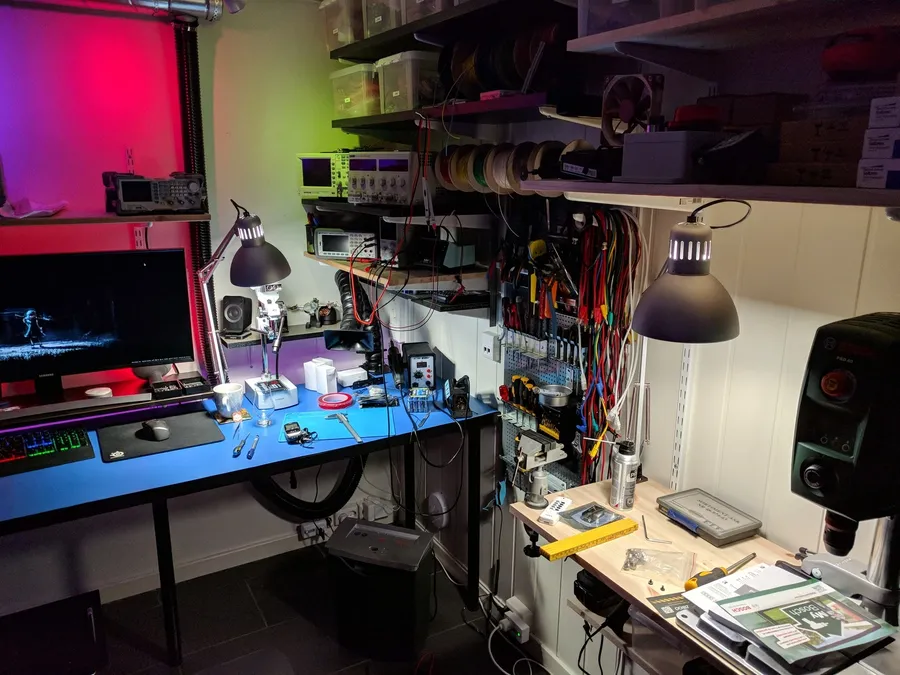
To master electric circuits online, continuous learning and exploration are essential. This section provides a curated list of resources, including books, tutorials, online courses, and active communities, designed to help you further enhance your understanding and skills. These resources are invaluable for deepening your theoretical knowledge and expanding your practical experience with online circuit simulation.
- Recommended Books for In-Depth Study
Explore comprehensive textbooks such as 'Fundamentals of Electric Circuits' by Charles K. Alexander and Matthew N.O. Sadiku for a strong theoretical foundation. 'Practical Electronics for Inventors' by Paul Scherz and Simon Monk provides practical insights into circuit design and troubleshooting. - Online Tutorials and Courses
Platforms like Coursera, edX, and Udemy offer various courses on electrical engineering and circuit design. Look for courses that cover both theoretical concepts and practical applications using simulation software, which will solidify your learning process. MIT OpenCourseware is another fantastic place to find free, high-quality academic materials. Specific courses to explore are 'Circuits and Electronics' from MIT. - Active Online Communities and Forums
Engage with fellow learners and experts on platforms like Reddit's r/ElectricalEngineering and the Stack Exchange Engineering community. These communities are excellent for asking questions, sharing your work, and learning from others' experiences, fostering a collaborative learning environment. - YouTube Channels for Visual Learning
Explore YouTube channels dedicated to electronics and circuit design. Channels such as 'The Engineering Mindset', 'ElectroBOOM', and 'GreatScott!' provide visual explanations, project demonstrations, and practical insights, making complex concepts easier to grasp and visually engaging. - Specialized Websites and Simulators
Visit websites of simulator tools like PhET Interactive Simulations, CircuitLab, and Falstad for access to updated information, documentation, and community projects. These resources often have tutorials and support forums to help you fully leverage the capabilities of the software.
Exploring electric circuit online has become more accessible and efficient than ever, thanks to an array of free online simulation tools. Whether you’re a student, a hobbyist, or an engineer, these resources offer a fantastic way to learn, practice, and experiment with circuit design. By leveraging the interactive nature of electric circuit online, you can strengthen your understanding and problem-solving skills, laying a solid foundation for more complex electrical projects and fostering innovation. We encourage you to explore the tools mentioned, continue learning, and push the boundaries of your electrical understanding.
 AnyPCBA
AnyPCBA